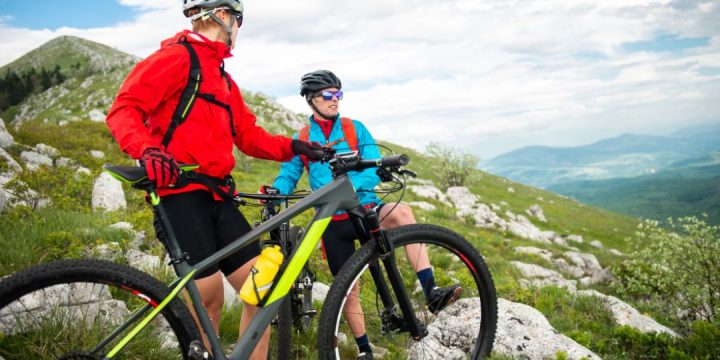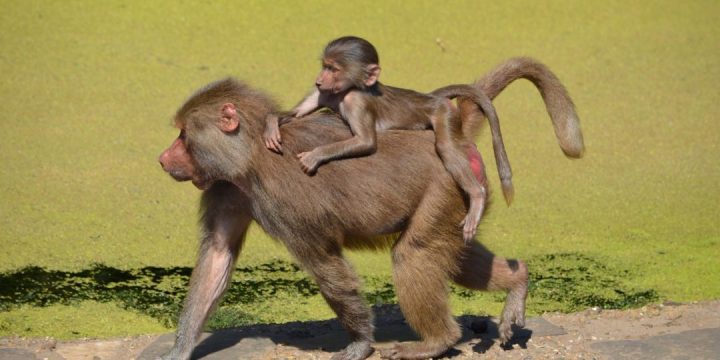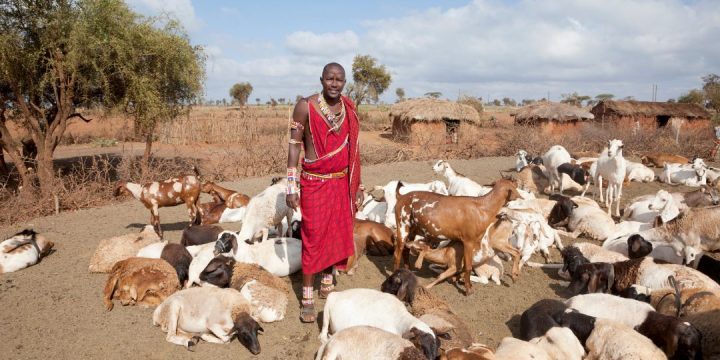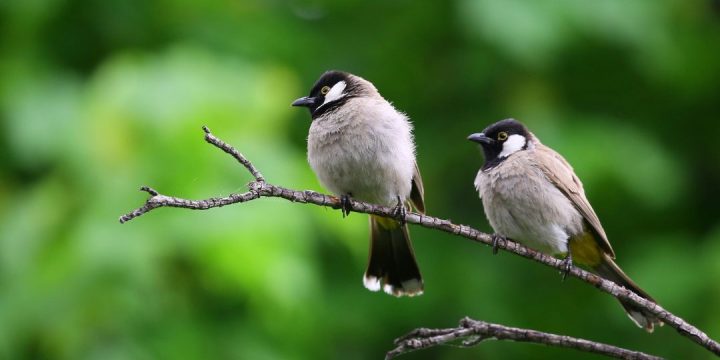The Northern Circuit
Manyara National Park

Nestled at the base of the Great Rift Valley escarpment in northern Tanzania, Lake Manyara National Park is one of the most diverse and picturesque parks in the country. Covering an area of 330 square kilometers, this park offers visitors a unique blend of landscapes, wildlife, and birdlife, making it a must-visit destination for nature enthusiasts.
Lake Manyara is a birdwatcher’s paradise, famous for its abundant and diverse bird species. Its mix of habitats, from woodlands and savannas to the alkaline lake itself, creates a dynamic ecosystem that attracts thousands of animals and birds. Visitors can experience everything from tree-climbing lions to vast flocks of flamingos, all set against the backdrop of the stunning escarpment and the shimmering waters of Lake Manyara.
Meaning of the Name Manyara
The name “Manyara” is derived from the Maasai word “Enyara,” which refers to the thorny bush or shrub that grows in the area. The Maasai, indigenous pastoralists who live in the region, have long used the plant for medicinal purposes. The park’s name is thus tied to the region’s local flora and the Maasai’s deep connection to the land. As with many other places in Tanzania, the name reflects the natural and cultural heritage of the area, adding depth to the experience of visiting the park.
Top Activities in Manyara

Game Drives
Morning and afternoon game drives provide an opportunity to witness the park’s wildlife up close. Expect to encounter elephants, giraffes, zebras, wildebeests, and buffalo, as well as the park’s iconic tree-climbing lions—a rare sight in Africa. Game drives take visitors through savannas, woodlands, and along the shores of Lake Manyara, offering diverse wildlife sightings and stunning views.
Mountain Biking
For a more active adventure, visitors can enjoy a mountain biking tour along the park’s forest trails or around the lake’s shoreline. This guided activity provides a close-up experience with the park’s natural beauty while offering a chance to see wildlife from a different perspective.


Scenic Viewing and Photography
Lake Manyara’s stunning landscapes, from the lush forest to the expansive views of the Great Rift Valley, are perfect for photography. The park’s combination of dramatic cliffs, sparkling lake, and abundant wildlife provides ample opportunities for breathtaking shots
Cultural Tours
Maasai cultural visits offer a chance to learn about the traditional way of life of the Maasai people, who have lived in the area for centuries. Visitors can tour Maasai bomas (villages), witness local ceremonies, and hear stories about Maasai customs, food, and clothing. These experiences provide a deeper understanding of the cultural significance of the region and its people.


Birdwatching
Lake Manyara is home to over 400 bird species, making it one of the best places in Tanzania for birdwatching. The lake’s alkaline waters attract thousands of flamingos, while the surrounding forests and wetlands host a variety of other species, including pelicans, herons, and hornbills. Birdwatching enthusiasts will delight in the opportunity to spot both migratory and resident species year-round.
The Best Time to Visit Manyara National Park
Dry Season (June to October)
The dry season is the best time for game viewing in Lake Manyara. As water becomes scarcer, wildlife concentrates around the remaining water sources, making it easier to spot animals, including the park’s famous tree-climbing lions. The weather is sunny, and the roads are more accessible for game drives. This is the peak time for wildlife sightings, especially along the lake’s edge and the escarpment.
Green Season (November to May)
The green season, or rainy season, brings a lush, vibrant transformation to the park. From November to May, the landscape turns green, and the birdlife flourishes. Migratory birds, including flocks of flamingos, arrive in large numbers. While wildlife may be more dispersed due to the availability of water sources, this is an excellent time for birdwatching and appreciating the park’s dramatic scenery. The calving season in February also offers opportunities to witness newborn animals in the wild.
Best Time for Birdwatching
The best time for birdwatching is during the wet season (November to April), when migratory birds flock to the area. The variety and number of bird species are at their peak during this time, providing a truly spectacular experience for bird lovers.
Our Top Safaris
From expert tips for first-time Tanzania safaris to booking your recurring luxury holidays, Safari Peak offers Tanzania safaris, Kilimanjaro climbs, and serene Tanzania beach holidays for 2025/2026. Discover your dream escape!
What Our Client Say
Hear from our clients! At Safari Peak, we’re proud to share stories of unforgettable Tanzania safaris, thrilling Kilimanjaro climbs, and serene beach escapes, all crafted to create lasting memories.
Verified Authentic Africa safari , with unforgettable Memories We had wonderful moments in Africa , Richard and his team 'safari peak ' organized us 7 days Tanzania safari from Tarangire , Serengeti and Ngorongoro with classic safari jeep and accommodation .Real enjoyed , we can't wait for the next Kilimanjaro adventure.Thank you safari peak teamVerified Rare moment in Africa with Safari Peak Adventure We had awesome 7 days in Africa with safari peak , our guide Godlisten picked up JRO and started our safari immediately, we enjoyed more in Serengeti spot all big 5 .Thanks for the team support , Safari peak.Verified Kilimanjaro Tour, Mandara Hut Richard and his father took us to the Mandara Hut. On our way we made a stop where we received lunch boxes. The whole trip took us one day. It was adventurous but we fully enjoyed it.Verified Unique experience With our guide Richie, we had a great time in Tarangire, Serengeti, and the Ngorongoro crater. plenty of distinctive lodging options. We saw the big five and a tonne of different creatures throughout the course of the four days. We won't soon forget it!Verified Rare moments always with safari peak I came second time in Tanzania I had great moments with safari Peak and all of my guide , Richard helped me always with tailor made safaris , i went serengeti for two nights and one night Ngorongoro!!Thanks youVerified enjoy naturality with african kids adventures i had trip to chemka hot spring kikuletwa , with my friends ,last sunday for real it was amazing enjoy the naturei real recomend it for day trip and others ,to explore the african naturalityVerified Explore the world with african kids adventures- Tanzania I had seven days climbing via machame route .When I arrived at JRO , i met my transfer guide Edger took me to hotel. And the next day I started my trekking with my mountain guider leader sistus with his team . I spent my time over there i real enjoyed .I cannot wait for more trekking and safarisVerified Greatful Tanzania It's my second time to be with African kids adventures in my trips , I had trip for 2 night to Serengeti and ngorongoro crater .I had enjoyed with the guides ,thanks African kids adventuresVerified It was such a great adventure It’s the first time seeing the animals this close,as it was 2 days trip we went to Ngorongoro crater and Tarangire national park.It was such a great adventure In my life.The guiders as well as the company had the greatest services and very kind.Verified Very Stunning Tanzania Amazing trip after covid 19.Enjoying Tanzania .The waited moments it almost a year . We have been waiting for the this season.Showing our latest reviewsVerified by TrustindexTrustindex verified badge is the Universal Symbol of Trust. Only the greatest companies can get the verified badge who has a review score above 4.5, based on customer reviews over the past 12 months. Read more
Your Bespoke Tanzania Adventures Begins

Skilled Professionals
Certified guides ensure your safety and create unforgettable adventures, from Kilimanjaro climbs to Tanzania explorations.

Personalized Adventures
Tailored itineraries designed to match your preferences, creating journeys that align with your interests and pace.

Unmatched Hospitality
Our team provides exceptional service, ensuring every step of your journey is seamless, enjoyable, and unforgettable.

